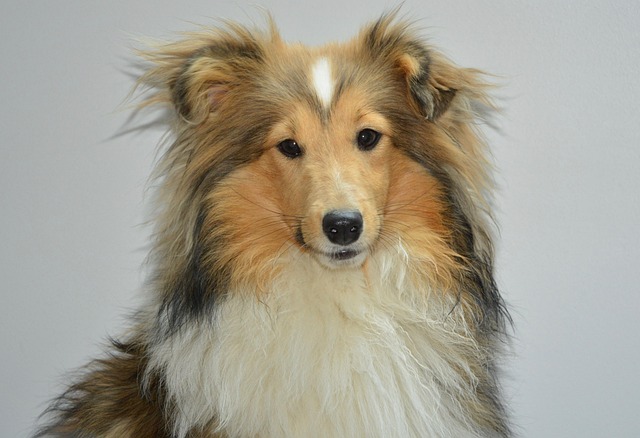
What are symptoms of parvo in dogs?
New puppy owners often worry about hidden health threats, and parvo is one that strikes fear into many hearts.
Many new dog owners might notice their pup drinking more water than usual or needing more potty breaks during walks—small changes that are easy to brush off. But when these habits stick around, they could be early signs of something more serious, like renal cystic failure in dogs. It’s not a common issue, but knowing what to watch for can make a big difference in catching it early.
Your dog’s kidneys work hard to filter waste and keep their body balanced, like a tiny cleaning system. Renal cysts are small, fluid-filled sacs that form on the kidneys, and over time, they can crowd out healthy tissue, making it harder for the kidneys to do their job. This slow decline, called renal cystic failure, often shows up gradually, which is why it’s tricky for new owners to spot at first.
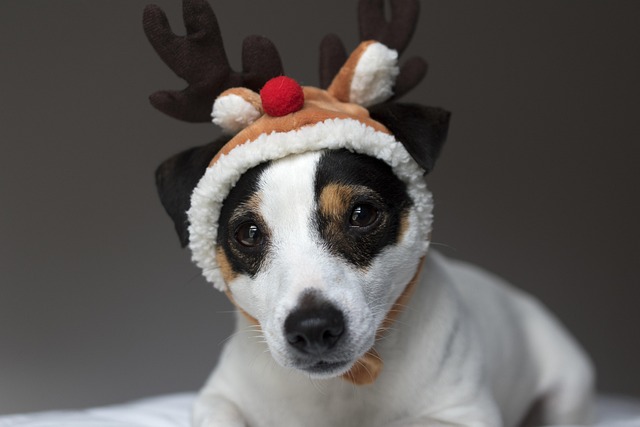 One of the first things you might notice is increased thirst—your dog’s water bowl empties faster, and they beg for sips more often during playtime. Along with that, they’ll probably need to pee more, too. You might find accidents in the house, even if they’re house-trained, or they’ll stop mid-walk to squat more than usual. These changes happen because the kidneys can’t concentrate urine properly, so the body tries to flush things out by drinking more.
One of the first things you might notice is increased thirst—your dog’s water bowl empties faster, and they beg for sips more often during playtime. Along with that, they’ll probably need to pee more, too. You might find accidents in the house, even if they’re house-trained, or they’ll stop mid-walk to squat more than usual. These changes happen because the kidneys can’t concentrate urine properly, so the body tries to flush things out by drinking more.
As the condition progresses, other signs might pop up. Your dog could lose their appetite, turning up their nose at their favorite treats or kibble. They might seem tired, skipping the usual game of fetch or napping more than normal. Some dogs develop a dull coat or lose weight without trying. In later stages, vomiting or diarrhea might start, which can quickly make them dehydrated—something to take seriously, especially if you’re in an apartment where monitoring their behavior closely is key.
If you see any of these signs, the first step is to call your vet. They’ll likely run blood tests and a urine analysis to check kidney function. Early diagnosis can help manage the condition with diet changes, medications, or fluid therapy, keeping your dog comfortable for longer. Remember, regular check-ups—even when your pup seems fine—are part of responsible pet care, right up there with keeping up with vaccines and cleaning up after them on walks.
Caring for a dog with renal issues means staying consistent with their treatment plan, but it also fits into everyday life. Keep their water bowl full, stick to the vet-recommended diet, and adjust playtime if they get tired easily. Positive reinforcement, like praise when they eat their special food, works better than pushing them—after all, patience and kindness go a long way in keeping your bond strong. With attention and care, you can help your furry friend live their best life, even with this condition.

New puppy owners often worry about hidden health threats, and parvo is one that strikes fear into many hearts.
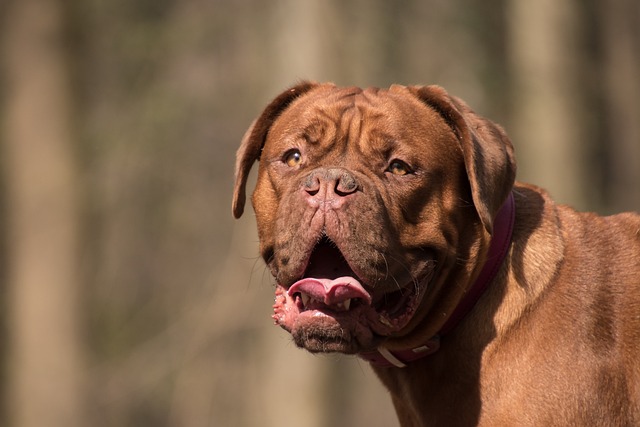
Raising a German Shepherd means prioritizing their unique health needs—from their muscular frame to their tendency for hip and joint issues.

If you’ve noticed a red, itchy rash on your arms or legs shortly after bringing home your new dog, you’re probably wondering: Did my pup cause this?
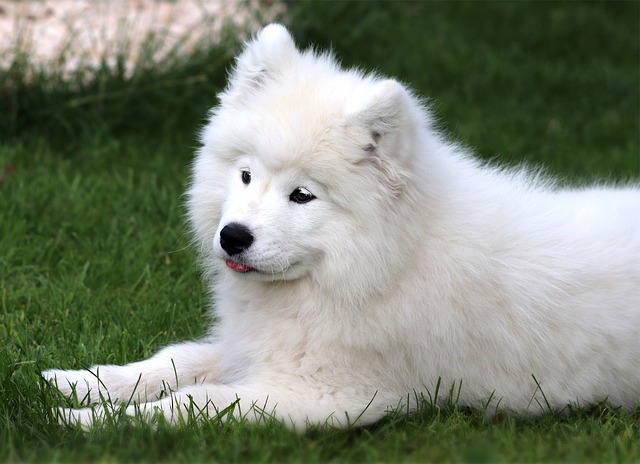
You might’ve noticed your usually energetic pup suddenly curling up on the couch all day, or turning their nose up at their favorite kibble—and wondered if something’s wrong.

Watching your dog scratch until their skin bleeds, sneeze repeatedly, or vomit after meals is heartbreaking—especially when you’re not sure what’s causing their discomfort.
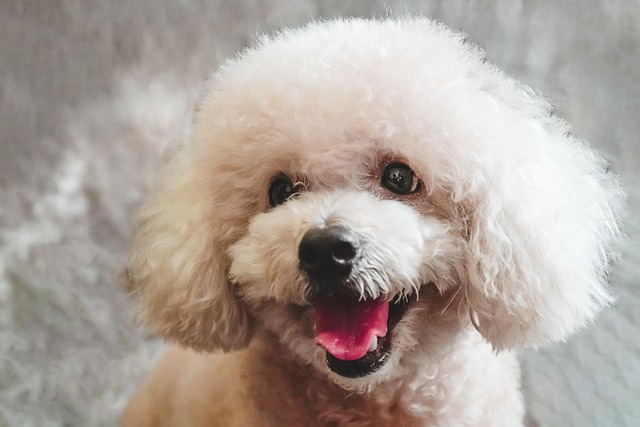
Watching your senior dog slow down is a natural part of life, but it can be heartbreakingly difficult to distinguish between normal aging and signs that they are actually in pain.